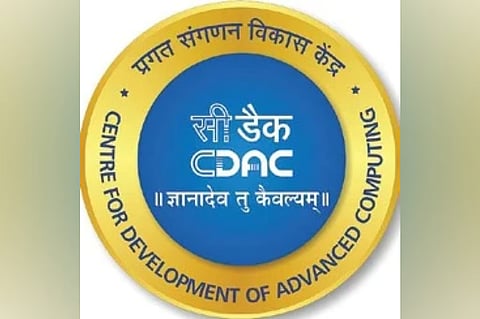

BENGALURU: The Centre for Development of Advanced Computing (C-DAC), Ministry of Communications and Information Technology (MCIT), in collaboration with the National Institute of Ocean Technology (NIOT), Ministry of Earth Sciences (MoES), Chennai, is in the early stages of developing autonomous, remotely operated surface vehicles for nearshore applications and research.
The MoU signed recently between the two agencies is in keeping with the Government of India’s ‘Vision of New India by 2030’ announced in February 2019, highlighting the Blue Economy as one of the 10 core dimensions of growth.
Speaking exclusively to TNIE, NIOT Director Prof Balaji Ramakrishnan said the collaboration between CDAC and NIOT would for the first time bring multiple systems that can effectively be used for underwater and open-sea applications.
“Coastal data is essential for research, engineering and scientific applications. Mapping seabed contours is one of the critical parameters to understand ocean dynamics, coastal flooding and inundation studies. India has more than a 11,000-km long coastline, is surrounded by oceans on three sides and around 30 per cent of the country’s population lives in coastal areas. We need high-resolution seabed contours, especially near the shore, to study flooding and inundation mapping. We have conventional boats for the purpose of research and mapping but the process is time and resource consuming,” said the ocean scientist.
The initial effort is to develop autonomous surface vehicles -- small automated boats that can be remotely operated, like drones on water to gather high-resolution data in nearshore and estuarine environments efficiently. Oceans, besides being a storehouse of food, energy, minerals and medicines, also modulate weather and climate, and underpin life on Earth.
Meanwhile, in another significant move, the NIOT and CDAC are jointly developing sub-systems for ocean exploration to accelerate self-reliance and prevent their import. These include “development of customized fibre-optic multiplexer and demultiplexer for handling ethernet data and HD video with high-resolution and high bandwidth between the ship and deep-ocean submersibles.
This helps to significantly reduce the size of the remotely operated vehicle (ROV) umbilical (cable that connects an underwater robot to a surface control station, providing power, data and communication) and number of penetrator passes in human submersible human cabins.
This indigenous development shall relieve us from external dependence and import of technology,” said Ramakrishnan. Other areas of joint cooperation between the two agencies include developing industrial-grade customised AI-enabled embedded boards as an autonomous mission computer with data extraction and decoding software.
“This is used for meeting the Guidance and Navigation Control (GNC) including imaging intelligence requirements in ongoing Homing & Docking autonomous underwater vehicle (AUV), Deepwater AUV and Swarm AUV projects. The development uses India’s indigenous Vega processor and helps to upgrade the processing capabilities with evolving technologies, thereby creating self-reliance.
We are also jointly developing customized Data Acquisition and Control (DAC) boards with embedded real-time operating systems (RTOS) for use in our underwater vehicles and systems. The development uses India’s indigenous Vega processor and helps to upgrade the processing capabilities with evolving technologies, thereby creating self-reliance. The three subsystems are developed by CDAC with specifications from NIOT for applications in ocean technologies,” added the NIOT chief.
The story is reported by Bala Chauhan for The New Indian Express
